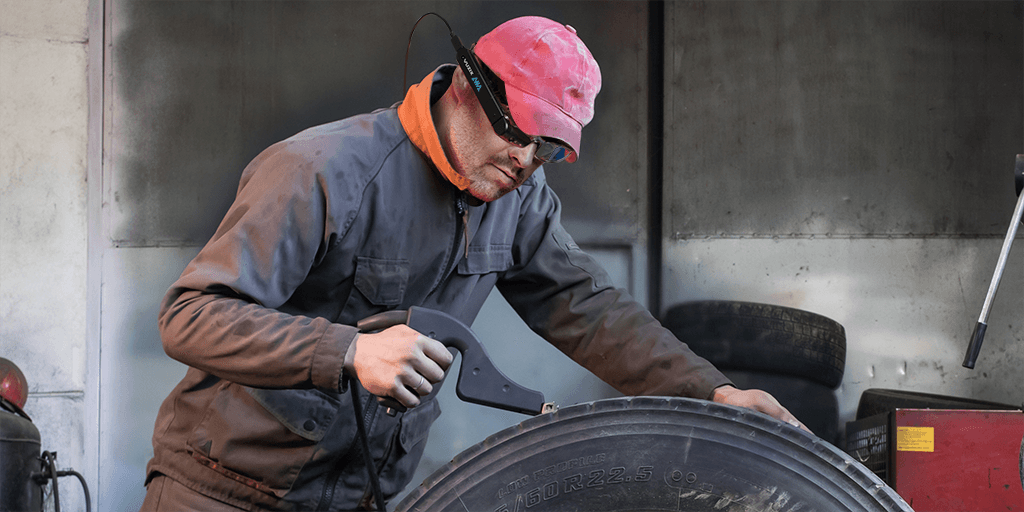Better tires, for a better environmental footprint
Nowadays, tire manufacturers are innovating to improve the performance and longevity of their products all while reducing their environmental footprint. In tire R&D centers - such as Michelin’s - one of the key techniques to develop the tires of the future is tire autopsy. We could call it a behavioral analysis of the tire: how did it perform on the field, how fast it was worn out, how and where did it get punctured, etc.
These inspections are necessary for any type of tire, especially in aeronautics where tire quality can make a difference between a safe landing, or a more chaotic one.
Tire autopsy requires very specific skills, that often only a handful of experts can provide. These subject matter experts must travel to the customers’ sites all over the world which can be extremely costly (time and money-wise) and has obviously become very difficult with travel restrictions due to COVID pandemic.
“Tire autopsy requires very specific skills from trained experts.
Yet, travelling on-site has become very difficult.”
Improve knowledge sharing in a cost-efficient way
If you are facing that kind of challenge in your field of expertise, you have several options here. You could collaborate through videoconferencing, where experts and field engineers can share information. However, most videoconferencing solutions are not adapted to an out-of-office environment, secure data exchange, and hands-free operations.
“Most videoconferencing solutions are not suited for out-of-office environments,
secure data exchange, and hands-free operations.”
Is remote collaboration the solution for you ?
A remote collaboration platform based on Assisted Reality (AR) could therefore be the solution. An engineer, equipped with smart glasses, can be guided remotely by a fellow expert on how to dissect the tire accurately. While having his hands free, he can show his gestures to the expert and together they can perform a step-by-step autopsy. Thanks to this remote collaboration solution, the expert can optimize his schedule, doesn’t have to travel anymore, and hence will reduce his carbon footprint.
“A remote collaboration platform based on AR allows you to optimize your schedule, cut the travelling costs, and reduce your carbon footprint.”
Learn how Michelin is already using XpertEye for different use cases like quality control, test follow-up, and training.

